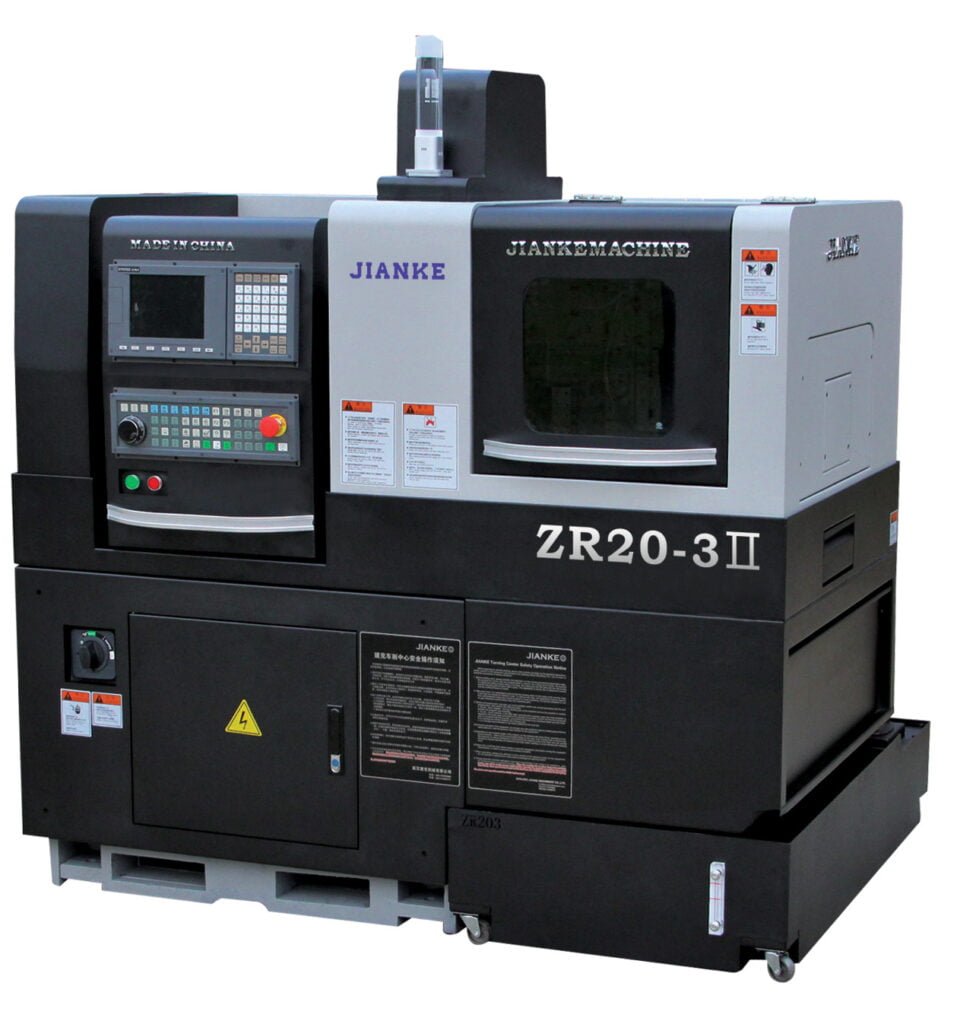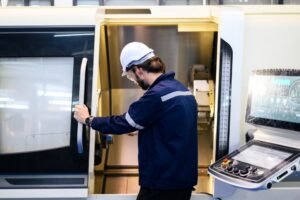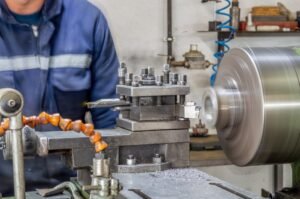A 3-Axis CNC Lathe is a sophisticated machine tool designed to enhance precision and efficiency in manufacturing processes. It is equipped with X, Y, and Z axes, which enable it to perform a wide range of machining operations, including turning, drilling, and milling. The Y-axis capability allows for the machining of non-circular shapes and complex geometries, making it a versatile tool in various industries.
Technical Advantages of 3-Axis CNC Lathe
Precision and Efficiency: The 3-Axis CNC Lathe excels in precision and efficiency, achieving high-quality surface finishes and reducing production time. For instance, in high-volume manufacturing, this precision can significantly enhance product consistency and quality. Consider a scenario where a manufacturer needs to produce thousands of identical parts daily; the 3-Axis CNC Lathe ensures that each part meets the exact specifications, reducing waste and improving overall productivity.
Multifunctionality: This machine supports multiple machining operations, making it a cost-effective solution for manufacturers who need to perform various tasks without switching between different machines. This versatility is particularly beneficial in small to medium-sized enterprises where resources are limited.
Automation: The CNC system automates the machining process, minimizing human error and ensuring consistent quality across all parts produced. This automation also allows for continuous production, as the machine can operate around the clock with minimal supervision.
Main Components of 3-Axis CNC Lathe
- Spindle and Chuck: The spindle provides the rotational motion necessary for turning operations, while the chuck securely holds the workpiece in place, ensuring stability and precision during machining. The chuck’s design allows for quick changeovers, further enhancing production efficiency.
- CNC Control System: This system is the brain of the machine, controlling the movement of the X, Y, and Z axes. It allows for precise programming and execution of complex machining operations. Modern CNC systems often include advanced features like simulation and real-time monitoring, which help optimize the machining process.
- Linear Guides and Ball Screws: These components facilitate smooth and accurate movement along the axes, ensuring that the machine maintains its precision over time. Regular maintenance of these components is crucial to prevent wear and tear, which can affect the machine’s accuracy.
- Tool Turret: The tool turret holds multiple tools and can change them automatically during machining operations, enhancing efficiency by reducing tool changeover times. This feature is particularly useful in operations requiring multiple tools, as it minimizes downtime and increases productivity.

Applications of 3-Axis CNC Lathe
Aerospace Industry
In the aerospace sector, 3-Axis CNC Lathes are used to manufacture critical components such as propellers and bearings. These components require high precision and durability, making the 3-Axis CNC Lathe an ideal choice. For example, the precision achieved by these machines is essential for ensuring the safety and performance of aircraft.
Automotive Industry
The automotive industry utilizes these machines to produce parts like wheel hubs and gears. The ability to machine complex shapes efficiently is crucial for meeting the industry’s high production demands. The use of 3-Axis CNC Lathes helps automotive manufacturers maintain quality while reducing production costs.
Medical Industry
In medical manufacturing, precision is paramount. 3-Axis CNC Lathes are used to create surgical instruments and prosthetics, where accuracy and surface finish are critical. The precision of these machines ensures that medical devices meet stringent safety standards.
Comparison with Other CNC Machines
Comparison with 2-Axis CNC Lathe
The primary difference between a 2-Axis and a 3-Axis CNC Lathe is the addition of the Y-axis in the latter. This allows for more complex machining operations, including the production of non-circular shapes. While 2-axis machines are sufficient for simple turning operations, the 3-axis machine offers greater versatility.
Comparison with 5-Axis CNC Lathe
While 5-axis machines offer greater flexibility and can machine complex shapes from multiple angles, 3-axis machines are more cost-effective and simpler to operate. They are ideal for applications where the added complexity of a 5-axis machine is not necessary. For instance, if a manufacturer primarily produces parts that do not require simultaneous multi-axis machining, a 3-axis machine may be the more practical choice.
In conclusion, the 3-Axis CNC Lathe is a powerful tool in modern manufacturing, offering precision, efficiency, and versatility. Its ability to perform complex machining operations makes it a valuable asset across various industries. As manufacturing continues to evolve, the role of the 3-Axis CNC Lathe will remain significant, providing a balance between capability and cost-effectiveness.





